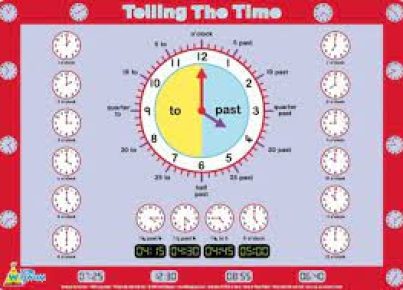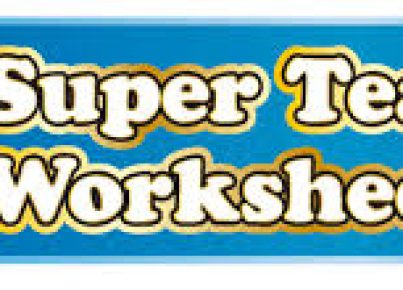Phonics instruction remains a cornerstone of literacy education, empowering young learners to decode the written language independently. This method teaches children the relationships between letters and sounds, which are crucial for reading and spelling. Phonics is not a monolithic approach but rather a spectrum of strategies that educators can tailor to suit the needs of their students.
At the heart of phonics instruction is the understanding that the English language has a predictable nature. By recognizing patterns, learners can apply these to unfamiliar words, essentially unlocking them on their own. To ensure this process is effective, educators should adhere to certain best practices.
Sequential Learning
The phonics curriculum must be systematic and cumulative. Starting with simple sound-letter correspondences, such as short vowels and common consonants, instruction gradually introduces more complex concepts like blends, digraphs, and diphthongs. This sequence helps build a solid foundation for further language development.
Multisensory Techniques
Utilizing multiple senses can enhance phonics instruction. Techniques include tracing letters in sand while saying the corresponding sound or using manipulatives to build words. These activities cater to different learning styles and help to reinforce the connections between sounds and symbols.
Explicit Instruction
Direct teaching is key in phonics learning. Teachers should explicitly demonstrate how to blend sounds into words and segment words into individual sounds. This clarity helps students understand the mechanics of decoding and encourages mastery of these foundational skills.
Integration with Other Literacy Skills
While phonics is crucial, it’s most impactful when integrated with other literacy skills such as vocabulary development, comprehension strategies, and writing activities. Reading books aloud that correlate with the letters or sounds being learned can cement these associations within a context that is meaningful and engaging.
Ongoing Assessment
Teachers need to assess student understanding regularly to ensure that phonics instruction is effective. Ongoing assessments help identify students who may need additional support or intervention and provide valuable feedback on instructional effectiveness.
In conclusion, robust phonics instruction is not merely about memorizing rules but fostering an in-depth understanding of how language works. It’s through this exploration that children become confident readers who approach new words with strategies that work both in the classroom and beyond its walls.





